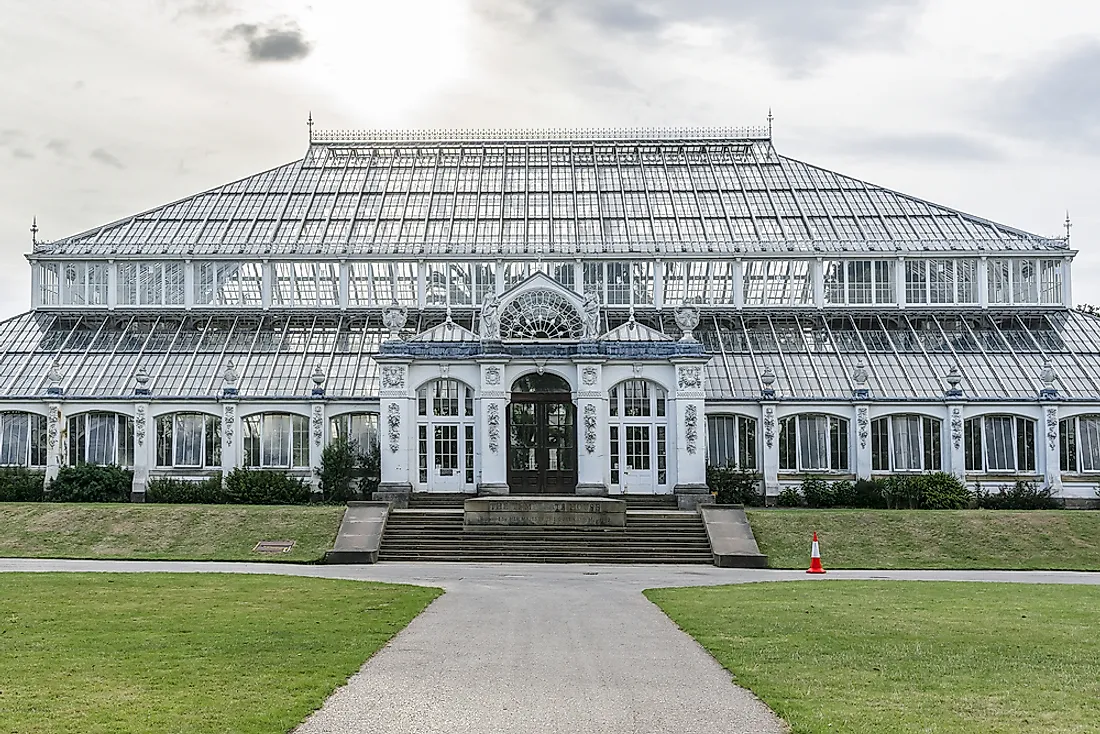What Is Unique About The Kew Garden's Temperate House?

After five years of elaborate restoration, the Temperate House opened its doors to the public in 2018. The restoration cost stands at £41m. The greenhouse is one of the leading tourist attractions in London attracting more than 3 million annual tourists. The Temperate House acts as a showroom to the more than 10,000 temperate plants in its custody.
Description
The Temperate House is a 19th-century glasshouse designed by Decimus Burton, located within the Kew Royal Botanical Gardens in London. The glasshouse was built in 1862 and opened to the public in 1863. Since then, it has served as a vital home for the endangered and rare temperate plants protecting the species from extinction or adverse weather conditions such as frost. The Temperate House measures 52,527 sq ft. The lower sections of the house are rectangular with pitched roofs. The structure is made of wrought iron, paved floors, and numerous glass panels as well as various decorations on the structure. The plants within the house are arranged geographically depending on the place of origin of the particular species.
Habitat
The Temperate House houses a unique collection of rare and endangered species of temperate plants from all over the world. The house provides temperate conditions for the plants to thrive. These temperate conditions are created through regulation of temperatures, air circulation, and moisture throughout. Plants within the house cover an area of 300 acres. These plants total up to 10,000 with more than 1500 unique species accounted for. Near the Temperate House flows the Thames River creating a tranquil horticultural environment for the gardens
Uniqueness
The Kew Garden’s Temperate House boasts as the largest Victorian glasshouse in the world. The glasshouse forms an essential conservatory for unique species of temperate plants including the kaka beak, tree pincushion, the Kakhetian bellflower, the Chilean wine palm, Morrisby’s gum, and Yellow fatu, a rare plant native to the Pitcairn Island but extinct in the wild.Also in its collection is the “lonely tree”- a rare male tree species whose female counterpart has yet to be found. The house has a Grade I ranking.
Tourism
The Temperate House was recently reopened for public access after five years during which extensive renovations were made. The Temperate House is a famous historic building depicting the architectural styles existing during the 19th century. As a site for conservation, the Temperate House carries a rich botanical heritage of both older plants and newer ones added into the collection. Tourists visiting the Temperate House have a chance to learn about the various species of pants, their status, origin, importance as well as the tales behind their conservation. Tourists also enjoy family-friendly entertainment within the botanical gardens. Some of the tourist activities in the Temperate House include the Gnomus (running from May to September 2018), Temperate Treasures Tour and art and exhibitions.
Threats
The Temperate House faces various threats posed by its age as well as the changing climatic conditions. The ever-changing climatic conditions in temperate areas increase the risk of extinction of rare species of plant life putting pressure on the experts at the temperate house to broaden their efforts in protecting these species.











